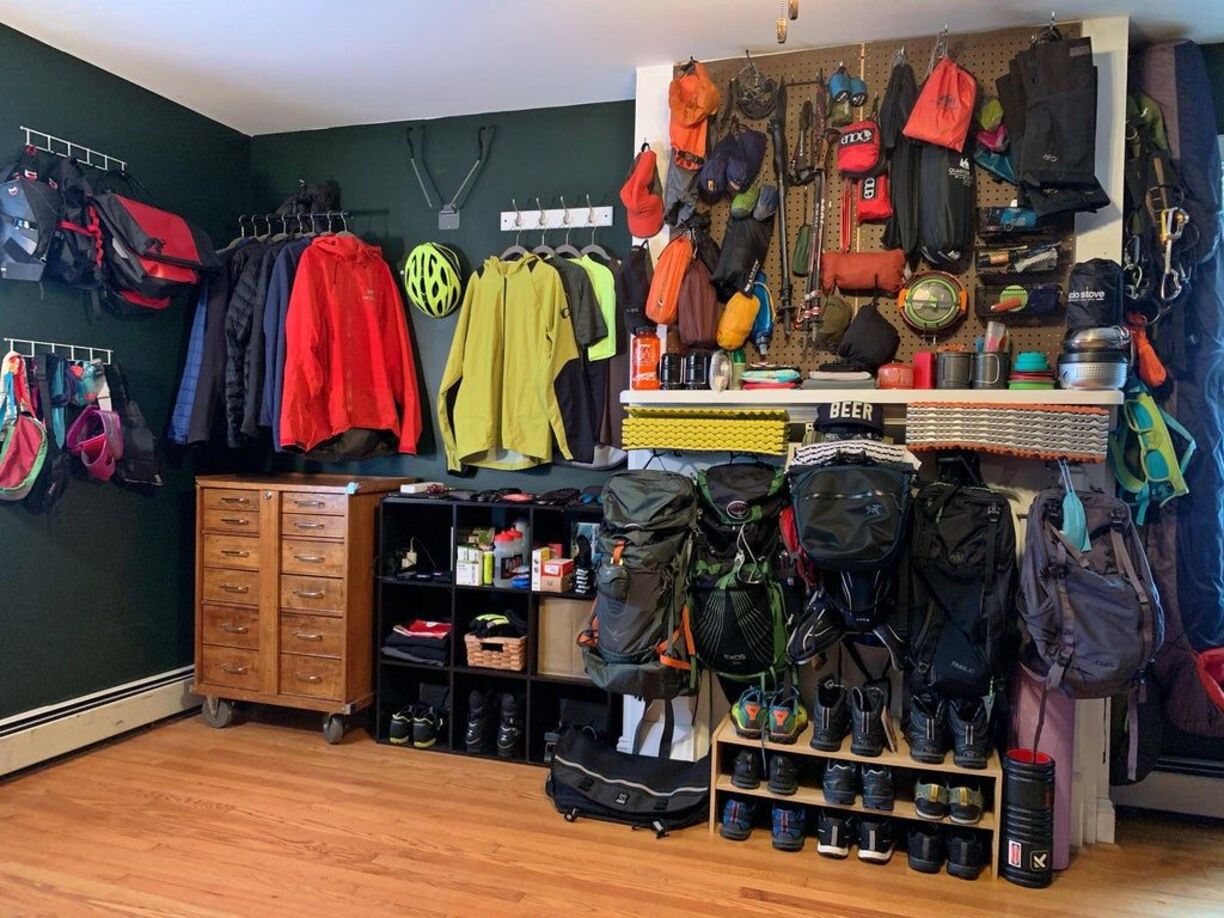

Articles
How To Store Winter Clothes In Garage
Modified: February 26, 2024
Discover the best tips and tricks on storing winter clothes in your garage with our informative articles. Keep your garments safe and organized throughout the season.
(Many of the links in this article redirect to a specific reviewed product. Your purchase of these products through affiliate links helps to generate commission for Storables.com, at no extra cost. Learn more)
Introduction
As the seasons change and winter comes to an end, it’s time to say goodbye to those bulky coats, chunky sweaters, and fuzzy hats. But where should you store your winter clothes during the warmer months? One option that many homeowners consider is utilizing the garage for winter clothes storage. The garage can be a convenient and accessible space to keep your winter wardrobe safe and out of the way, while freeing up space in your closets and drawers.
However, it’s important to store your winter clothes properly in the garage to ensure they remain in good condition and are ready to wear when the cold weather returns. This article will guide you through the steps of storing your winter clothes in the garage, from sorting and decluttering to choosing the right storage containers and maintaining optimal conditions for your clothes.
By following these steps, you’ll not only keep your winter clothes organized and protected, but you’ll also make the transition between seasons smoother and more efficient. So let’s dive in and learn how to store your winter clothes in the garage!
Key Takeaways:
- Properly storing winter clothes in the garage involves sorting, cleaning, and organizing to ensure they remain in excellent condition for future use. This process not only saves space but also makes the transition between seasons smoother.
- Regularly monitoring and maintaining storage conditions, such as humidity levels and potential pest infestations, is crucial for preserving the quality of stored winter clothes. These proactive measures ensure that garments are ready to be enjoyed when the colder seasons return.
Read more: How To Store Winter Clothing
Step 1: Sort and declutter winter clothes
The first step in storing your winter clothes in the garage is to sort through your wardrobe and declutter. Take the time to go through each item and determine what you want to keep, donate, or discard.
Start by removing all your winter clothes from your closets, drawers, and storage bins. Lay them out on a clean surface, such as your bed or a table, so you can easily see and assess each item.
As you sort through your clothes, ask yourself the following questions:
- Have I worn this item in the past winter season?
- Does it fit me well and make me feel comfortable?
- Is it damaged or in need of repair?
Be honest with yourself and only keep the items that you truly love and will wear again in the future. If you come across any items that no longer fit or that you no longer have any use for, consider donating them to a local charity or clothing drive.
Once you have sorted through your clothes, it’s time to declutter. Remove any lint, dirt, or debris that has accumulated on your winter clothes throughout the season. Use a lint roller or fabric brush to remove lint and a damp cloth to gently spot clean any stains.
If you notice any damaged items, such as buttons missing or tears, decide whether they are worth repairing or if it’s time to let them go. Repairing damaged clothes can be a worthwhile investment for high-quality or sentimental items, but for items that are worn out or out of style, it may be best to part ways with them.
By sorting and decluttering your winter clothes, you’ll ensure that you only store items that you’ll actually wear and enjoy, creating more space for the clothes that truly matter to you. This process will also make it easier when packing and organizing your clothes in the next steps.
Step 2: Clean and prepare clothes for storage
Before storing your winter clothes in the garage, it’s essential to clean them thoroughly. Cleaning your clothes prior to storage helps to remove any dirt, stains, or odors that can attract pests or cause damage over time.
Start by checking the care labels on each garment. Follow the instructions provided to determine the appropriate cleaning method for each piece. Most winter clothes, such as coats, sweaters, and scarves, can be hand washed, machine washed, or dry cleaned depending on the fabric and construction.
If the care label allows, machine wash your winter clothes using a gentle cycle and a mild detergent. Ensure that you wash similar colored items together to prevent color bleeding. For delicate items or those prone to shrinking, consider hand washing them using a gentle detergent and cool water.
Once your clothes are clean, make sure they are completely dry before storing them. Hang heavier items like coats and jackets on padded hangers to help maintain their shape. For sweaters and other knits, gently squeeze out excess water and lay them flat on a clean, dry towel to air dry.
In addition to cleaning, consider taking extra steps to protect your winter clothes during storage. Place small sachets of lavender or cedar chips in your storage containers to help deter pests and keep your clothes smelling fresh. Avoid using mothballs as they can leave a strong odor on your garments.
If you’re concerned about wrinkles, you can also lightly iron or steam your clothes before storing them. This will help to eliminate any creases and ensure your clothes look their best when you take them out next winter.
Taking the time to clean and prepare your winter clothes for storage will help to prolong their lifespan and preserve their quality. It’s a crucial step in ensuring that your clothes are ready to be worn when the cold weather returns.
Step 3: Choose proper storage containers
Once your winter clothes are sorted, decluttered, and cleaned, it’s time to choose the right storage containers to keep them protected in the garage. Selecting the proper storage containers is crucial in ensuring that your clothes are shielded from dust, pests, moisture, and any potential damage.
When it comes to choosing storage containers, opt for ones that are durable, waterproof, and breathable. Plastic storage bins with airtight seals are commonly used for clothing storage. Make sure the containers are made of high-quality plastic that won’t crack or break easily.
Look for storage containers that are transparent or have clear panels to easily see the contents without having to open each bin. This will save you time and effort when searching for specific items later on.
It’s important to note that cardboard boxes are not ideal for long-term storage in the garage as they can attract pests and are not moisture-resistant. However, if you have no other option, consider lining the cardboard boxes with plastic trash bags for an extra layer of protection.
Before packing your winter clothes, ensure they are completely dry to prevent any moisture from being trapped inside the storage containers. Moisture can lead to mold, mildew, and unpleasant odors, so it’s essential to avoid it at all costs.
When placing your clothes in the storage containers, avoid folding them excessively to prevent deep creases. Rolling your clothes or using acid-free tissue paper between the folds can help minimize creasing and maintain the integrity of the fabric.
If you have any delicate or vintage items, consider using acid-free archival garment bags to provide an extra layer of protection against dust and pests. These garment bags are made from non-reactive materials that won’t degrade your clothes over time.
Remember to pack similar items together, such as grouping all sweaters into one container and coats into another. This will make it easier to locate specific items when you need them and keep your storage organized.
By choosing the proper storage containers, you’ll ensure that your winter clothes remain in excellent condition throughout their time in the garage. The right containers will provide protection against dust, insects, moisture, and other potential hazards.
Step 4: Organize clothes by category
Now that you have chosen the right storage containers, it’s time to organize your winter clothes by category. Organizing your clothes in a systematic manner will make it easier to retrieve specific items when needed, and ensure that everything remains neat and accessible.
Start by dividing your winter clothes into categories such as coats, sweaters, scarves, hats, gloves, and other accessories. This will depend on the types of clothes you own and your personal preferences.
Within each category, consider further organizing your clothes by color or style. For example, you can group your sweaters by color or thickness, and your coats by length or occasion. This will allow for even easier retrieval and visual appeal when you open your storage containers.
When placing your clothes in the storage containers, fold them neatly to maximize space and prevent excessive wrinkling. You can use folding techniques such as the Marie Kondo method or the KonMari method to achieve a tidy and compact fold.
As you organize, take note of any items that may need special attention, such as delicate fabrics or items that require extra care. You may want to place these items on top or in a separate container to avoid any potential damage.
Labeling your storage containers is also key to staying organized. Use clear adhesive labels or permanent markers to identify the contents of each container. You can include the category, specific items, or any other relevant information that will help you quickly locate what you need.
Consider creating an inventory or catalog of your winter clothes for reference. This can be a simple written list or even a digital spreadsheet that keeps track of the items you have stored. It will make it easier to find specific items and ensure that nothing gets forgotten or misplaced.
By organizing your winter clothes by category and utilizing effective labeling techniques, you’ll save time and effort when it’s time to bring out your winter wardrobe again. You’ll have a clear overview of what you own and exactly where to find it.
To store winter clothes in the garage, use airtight containers to protect from moisture and pests. Add cedar blocks or lavender sachets to deter moths. Keep the containers off the ground to prevent dampness.
Read more: How To Store Winter Boots
Step 5: Label and document storage containers
After organizing your winter clothes in the appropriate storage containers, it’s crucial to label and document each container. This step will ensure that you can easily identify and locate specific items when the time comes to retrieve them from the garage.
Start by labeling each storage container with a clear and visible label. Use a permanent marker or adhesive labels to write the contents of the container, as well as any other relevant information. Include the category of clothes, specific items, and any instructions for handling or care.
Place the labels on the front or top of the containers for easy visibility. This will allow you to quickly scan the area and find the container you need without having to open each one.
In addition to labeling the containers, consider documenting the contents in a separate inventory or catalog. This can be a simple written list or a digital document that includes details about each item stored, such as descriptions, sizes, and any other relevant information.
Having a documented inventory will serve as a reference guide, helping you keep track of what you have stored and easily locate specific items. It will also be useful if you need to provide information for insurance purposes or simply want to have a comprehensive record of your winter wardrobe.
When documenting the contents, you can choose to organize the inventory by category or by the order in which the containers are stored. Whichever method you choose, make sure to update the inventory whenever you add or remove items from storage.
Keeping a well-labeled and documented system for your storage containers will save you time and effort in the long run. It will eliminate the need to open each container to find what you’re looking for, providing a convenient and efficient way to manage your winter clothes in the garage.
Step 6: Store clothes in the garage
Now that you have sorted, cleaned, organized, and labeled your winter clothes, it’s time to store them in the garage. Follow these guidelines to ensure that your clothes are stored properly and protected from potential damage.
First, choose a suitable location within the garage to store your clothes. Look for a dry area away from any potential sources of moisture or direct sunlight. Avoid placing the containers directly on the floor, as this can increase the risk of moisture seeping in. Instead, consider using shelves, racks, or elevated platforms.
Next, arrange the storage containers in a way that maximizes space and allows for easy access. Place the heavier containers at the bottom and stack lighter ones on top. Be mindful not to stack the containers too high to prevent them from toppling over.
To further protect your clothes, consider placing moisture absorbers or desiccant packets within the storage area. These can help absorb any excess moisture in the air and prevent mold or mildew from forming on your garments.
In addition to moisture absorbers, you may want to use a dehumidifier in the garage to maintain optimal humidity levels. Excessive humidity can lead to musty odors, mold growth, and potential damage to your clothes.
If you live in an area prone to extreme temperatures, such as very hot summers or freezing winters, consider insulating the area where your clothes are stored. This can help protect them from extreme temperature fluctuations that can impact their quality and longevity.
Lastly, take precautions to keep pests away from your stored clothes. Seal any cracks or gaps in the garage to prevent insects or rodents from entering. You can also use natural pest deterrents such as lavender sachets, cedar chips, or moth repellents to discourage pests from making a home near your clothes.
By properly storing your winter clothes in the garage, you can ensure that they remain clean, protected, and easily accessible for the next winter season. Taking the time to set up the storage area correctly will help maintain the quality of your clothes and make the transition between seasons hassle-free.
Step 7: Monitor and maintain storage conditions
To ensure that your winter clothes remain in optimal condition while stored in the garage, it’s important to regularly monitor and maintain the storage conditions. By doing so, you can proactively address any issues that may arise and ensure the longevity of your clothes.
First and foremost, periodically check the storage area for any signs of moisture, pests, or damage. Look out for water leaks, condensation, or any unusual odors that may indicate a problem. If you notice any issues, address them promptly to prevent any damage to your clothes.
Keep an eye on the humidity levels in the garage. Aim for a relative humidity level of around 40-50% to prevent mold and mildew growth. Use a hygrometer to monitor humidity levels and adjust accordingly. If the humidity gets too high, consider using a dehumidifier to help maintain a stable environment.
Inspect the storage containers regularly to ensure they are securely sealed and free from any cracks or damage that could allow pests or moisture to enter. Replace any damaged containers as needed to maintain the integrity of the storage system.
Check the labels on the containers to verify their contents and update your inventory if any items have been added or removed. This will help you keep track of your stored clothes and prevent any confusion or misplacement of items.
Additionally, periodically air out the storage area by opening windows or using fans to promote air circulation. This can help prevent stale odors from permeating your clothes and keep the environment fresh.
If you live in an area with extreme temperatures, consider adjusting the storage conditions accordingly. For example, during very hot summers, you may want to provide additional ventilation or use a fan to keep the area cool. Conversely, during freezing winters, insulate the storage area and consider using a small heater to keep the temperature above freezing.
Finally, take the opportunity to review your stored winter clothes at least once a year. This allows you to assess the condition of each item and evaluate whether any items need to be repaired, replaced, or donated. It’s a great opportunity to declutter and update your wardrobe for the upcoming winter.
By regularly monitoring and maintaining the storage conditions, you can ensure that your stored winter clothes remain in excellent condition year after year. These proactive measures will help protect your clothes from damage and ensure that they are ready to be enjoyed when the colder seasons return.
Conclusion
Properly storing your winter clothes in the garage is a practical and efficient way to free up space in your closets and keep your winter wardrobe organized. By following the steps outlined in this article, you can ensure that your clothes are stored safely and maintained in optimal condition for future use.
Sorting and decluttering your winter clothes before storage allows you to keep only the items you truly love and wear, making the transition between seasons smoother. Cleaning and preparing your clothes ensures they are free from dirt, stains, and odors that can attract pests or cause damage.
Choosing the right storage containers, organizing your clothes by category, and labeling the containers help create a systematic and easily navigable storage system. It saves you time and effort when retrieving specific items and maintains the overall orderliness of your stored clothes.
Monitoring and maintaining storage conditions, such as humidity levels and potential pest infestations, helps preserve the quality of your stored clothes. Regular checks and proper insulation can prevent issues like mold, mildew, and damage caused by extreme temperatures.
By implementing these steps, you can ensure that your winter clothes remain in excellent condition throughout their time in the garage. When the colder seasons roll around again, you’ll have clean, organized, and readily accessible garments waiting for you.
Remember to review your stored clothes periodically, update your inventory, and take the opportunity to declutter and reassess your wardrobe. This will keep your winter clothing collection fresh and up-to-date, allowing you to make the most of your clothing choices when the weather gets chilly.
In conclusion, storing your winter clothes in the garage is a practical and effective solution for maintaining an organized home while still keeping your cherished winter wardrobe safe. By following these steps, you can confidently store your winter clothes, knowing that they will be in great condition and ready for use when those frosty months arrive once again.
Frequently Asked Questions about How To Store Winter Clothes In Garage
Was this page helpful?
At Storables.com, we guarantee accurate and reliable information. Our content, validated by Expert Board Contributors, is crafted following stringent Editorial Policies. We're committed to providing you with well-researched, expert-backed insights for all your informational needs.
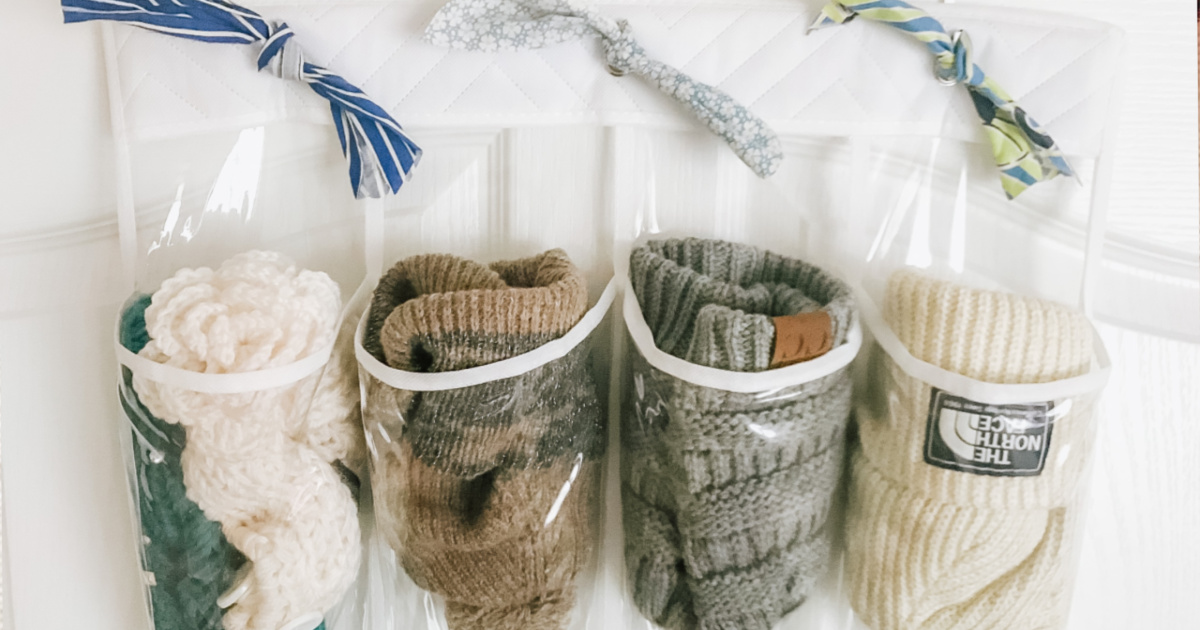


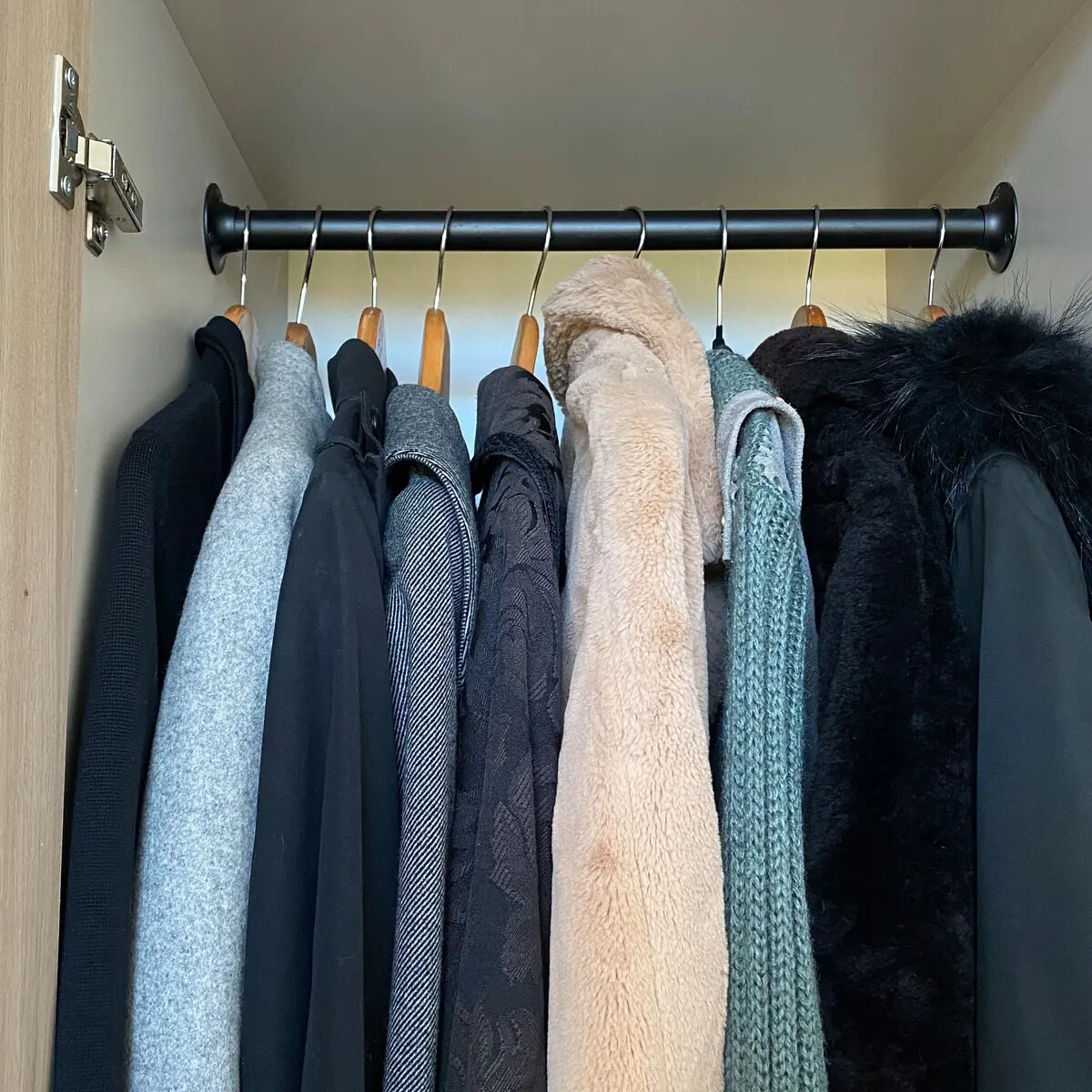




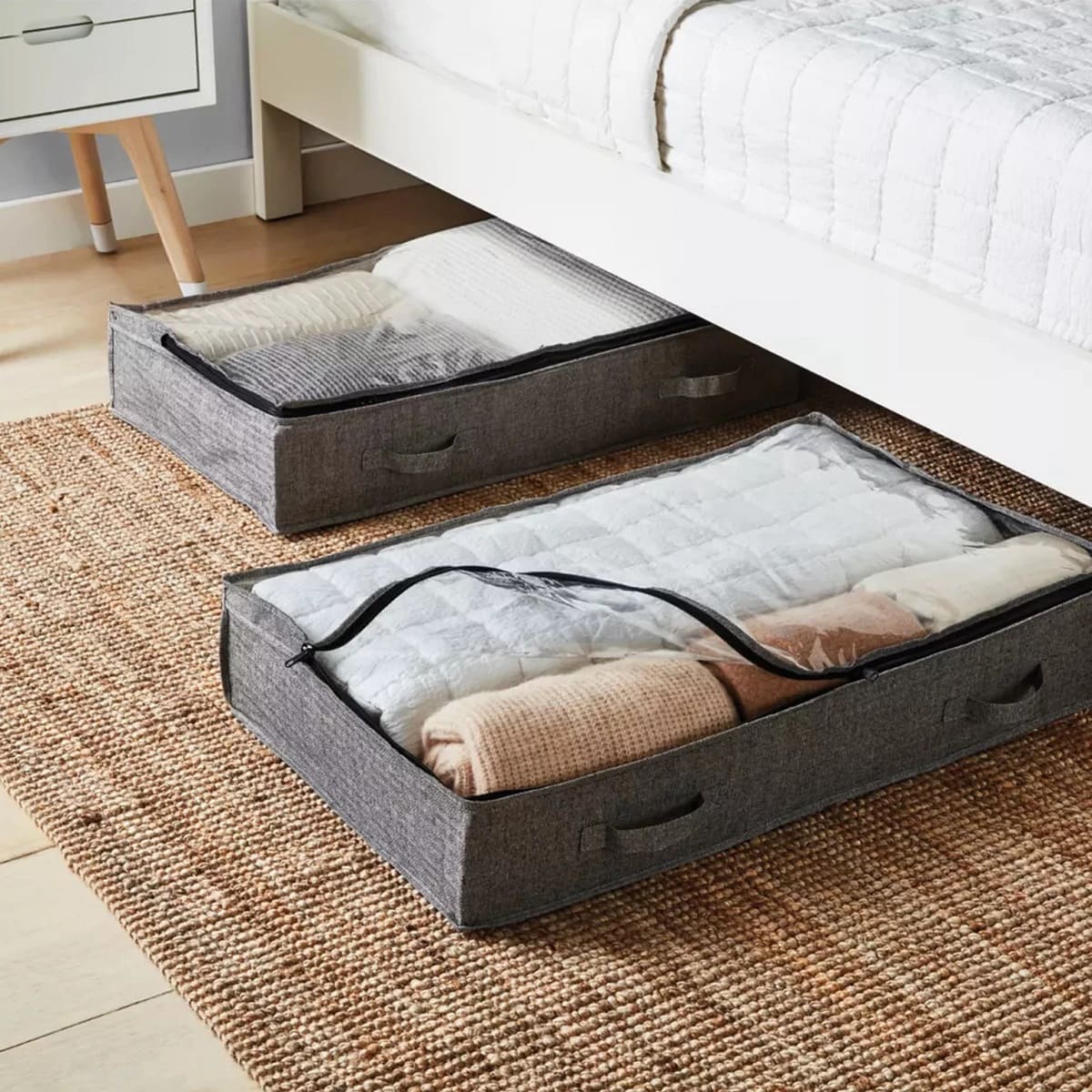
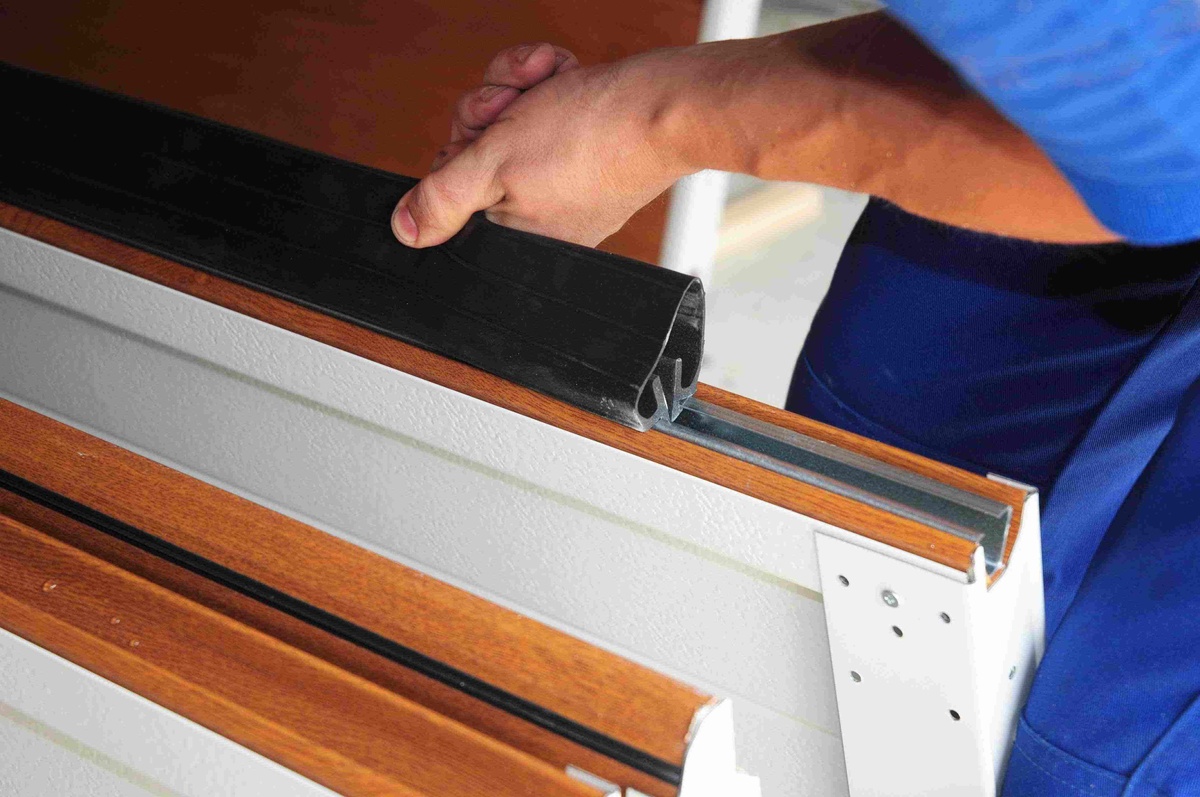
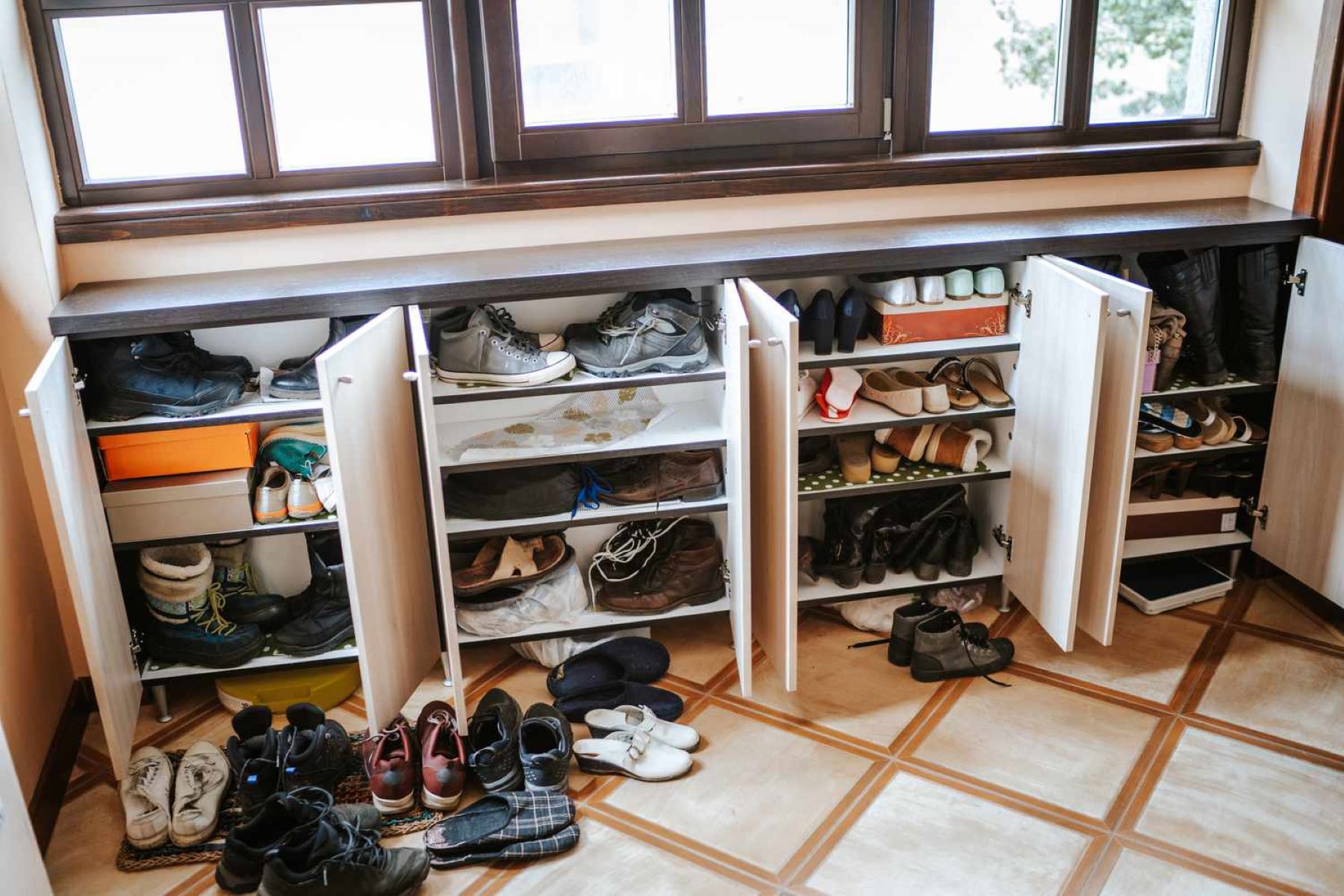
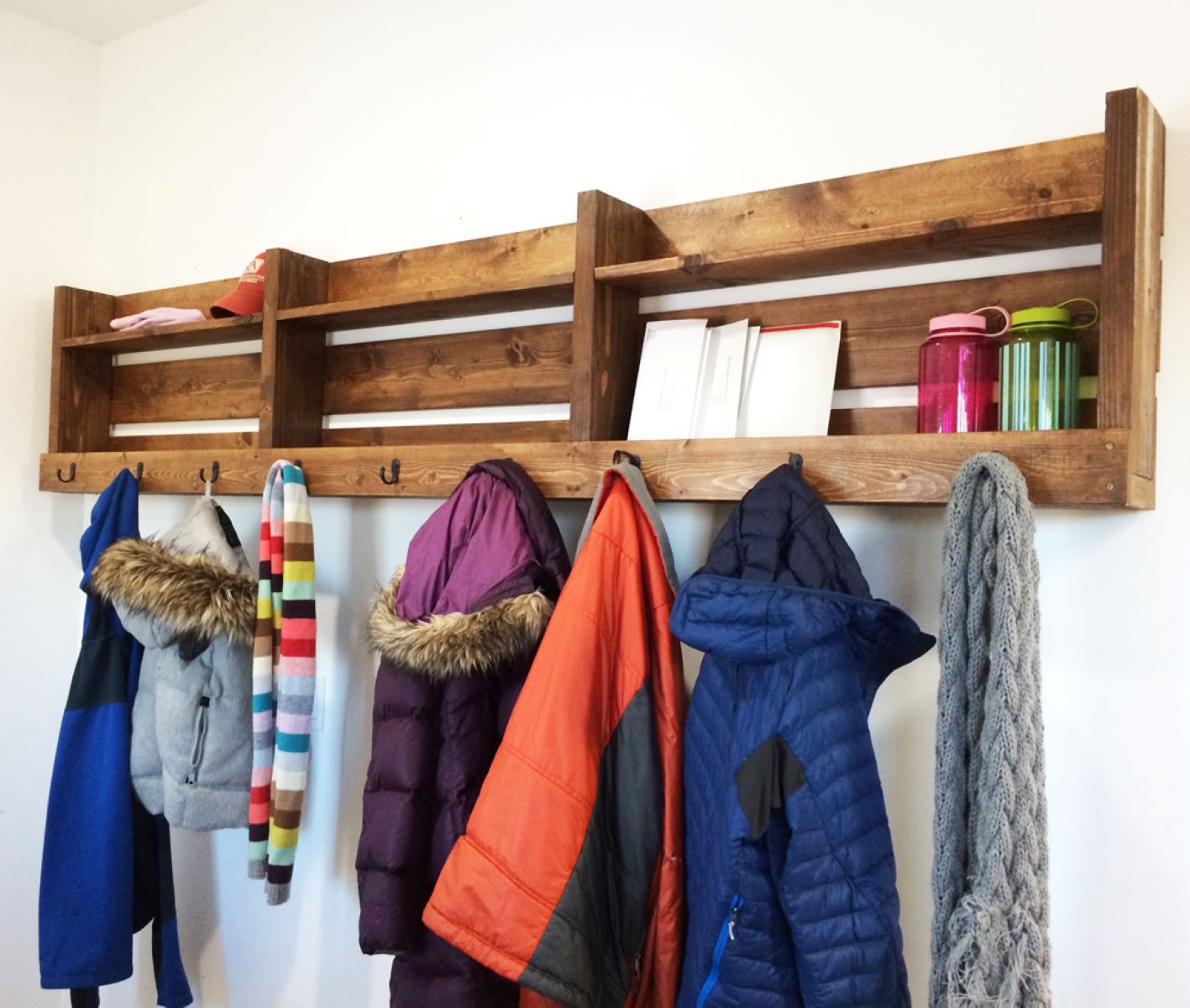
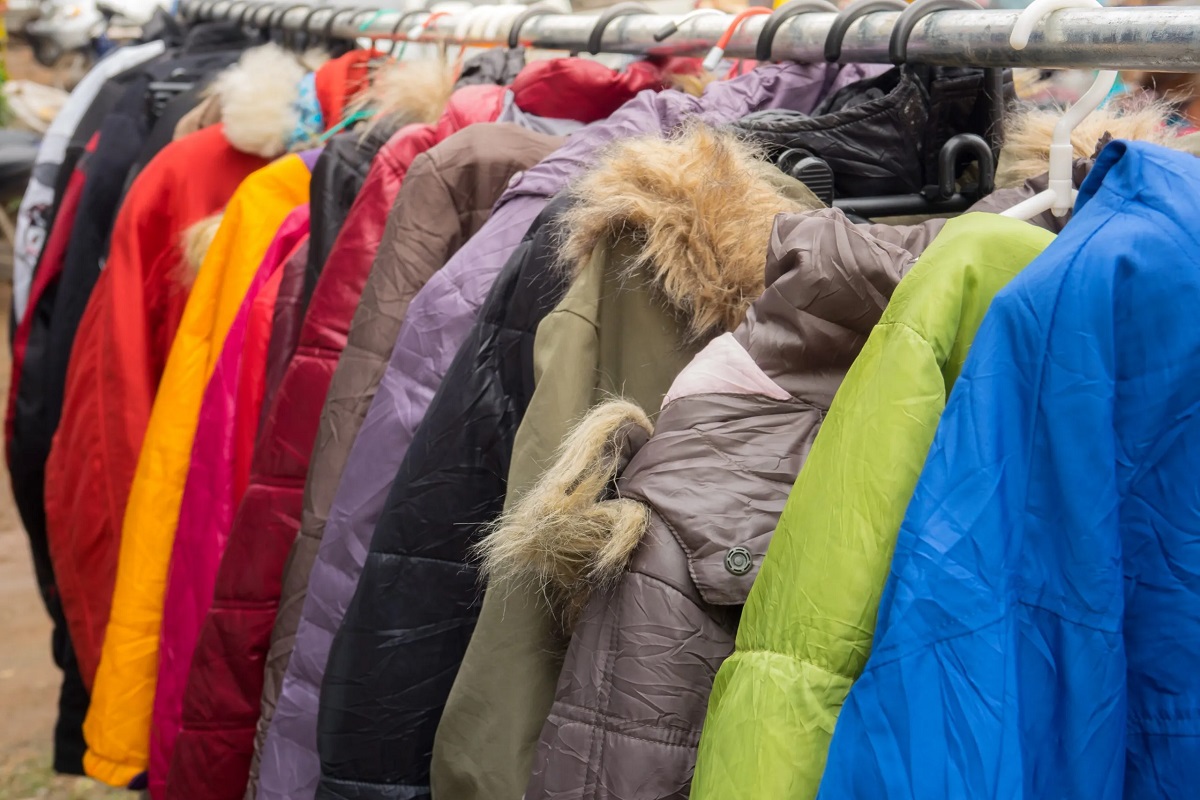


0 thoughts on “How To Store Winter Clothes In Garage”